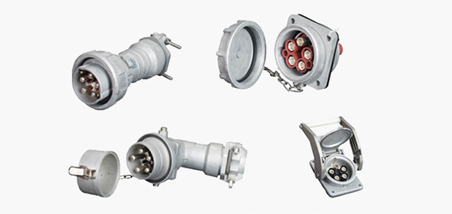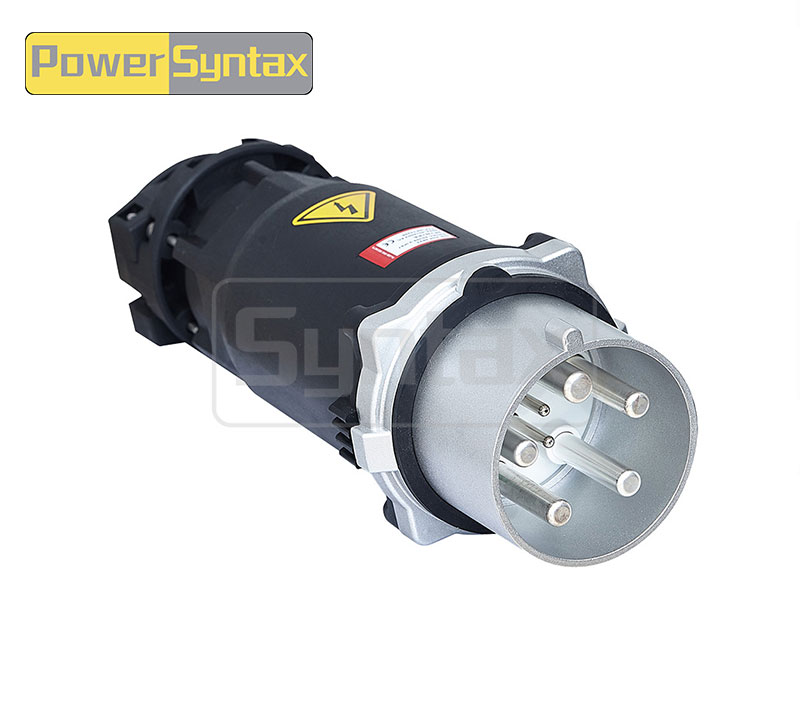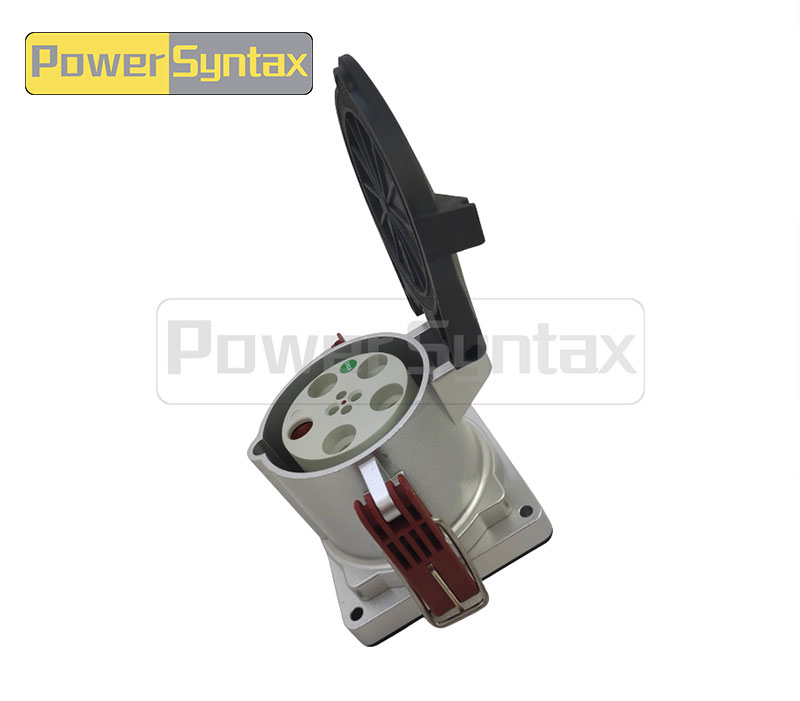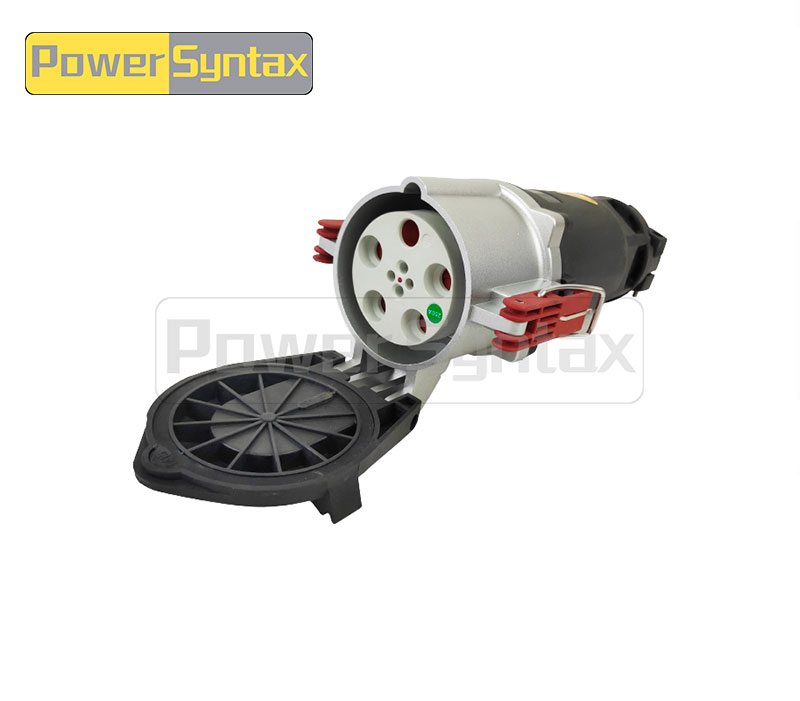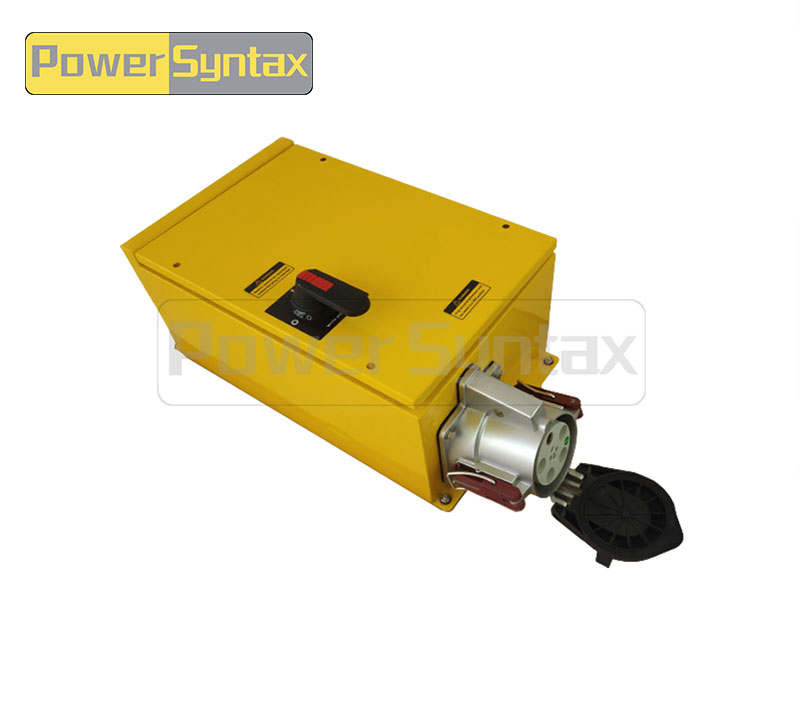What is the difference between industrial plugs and household plugs
When it comes to electrical connections, not all plugs are created equal. Industrial plugs and household plugs serve very different purposes, with distinct designs, safety standards, and applications. If you're an engineer, facility manager, or procurement specialist, understanding these differences is crucial for ensuring safety, efficiency, and compliance.
This article breaks down the key distinctions between industrial and household plugs, helping you make informed decisions for your projects.
1. Durability and Construction
Industrial Plugs
-
Heavy-duty materials: Made from reinforced thermoplastics, rubber, or metal casings.
-
Increased IP ratings: Often IP44, IP67, or higher for dust/water resistance.
-
Robust contacts: Designed for frequent plugging/unplugging without wear.
Household Plugs
-
Lightweight materials: Typically plastic with minimal reinforcement.
-
Lower IP rating: Usually not designed for harsh environments.
-
Fragile pins: Prone to bending or damage with excessive use.
Takeaway: Industrial plugs are built for tough conditions, while household plugs are optimized for everyday domestic use.
2. Voltage and Current Ratings
|
Feature |
Industrial Plugs |
Household Plugs |
|---|---|---|
|
Voltage |
240V - 690V (3-phase common) |
110V - 240V (single-phase) |
|
Current |
16A - 125A+ |
6A - 16A |
|
Applications |
Factories, construction, heavy machinery |
TVs, lamps, small appliances |
Safety Note: Using a household plug for industrial equipment can cause overheating, fires, or equipment failure.
3. Wiring and Connector Types
Industrial Plugs
-
Color-coded for phases (e.g., red/blue/yellow for 3-phase power).
-
Larger conductor sizes to handle high currents.
-
Locking mechanisms (e.g., twist-lock or bayonet) to prevent accidental disconnection.
Household Plugs
-
Standardized pin layouts (Type A/B/C/G, depending on region).
-
No locking feature (unless specialty-rated).
-
Smaller wires due to lower power demands.
Why It Matters: Industrial environments require secure connections to prevent hazardous power drops.
4. Safety and Compliance Standards
|
Region |
Industrial Plug Standards |
Household Plug Standards |
|---|---|---|
|
EU |
IEC 60309 (Color-coded) |
CEE 7/7 (Schuko) |
|
UK |
BS EN 60309 |
BS 1363 |
|
USA |
NEMA L5, L6 |
NEMA 1, 5-15 |
|
China |
GB/T 11918-2014 |
GB 1002 |
Failure to comply may result in:
-
Fines
-
Voided insurance
-
Electrical hazards
5. Cost Comparison
|
Plug Type |
Average Price (USD) |
Lifespan |
|---|---|---|
|
Industrial Plug |
20−20 - 20−200+ |
10+ years |
|
Household Plug |
1−1 - 1−10 |
2-5 years |
ROI Consideration: While industrial plugs are more expensive upfront, their durability reduces long-term replacement costs.
FAQs: Industrial vs. Household Plugs
Q: Can I use a household plug in an industrial setting?
No – It risks overheating and violates safety regulations.
Q: Are all industrial plugs waterproof?
Most are (check the IP rating), but some are only splash-resistant.
Q: Can I modify a household plug for industrial use?
Never – This is dangerous and illegal in most jurisdictions.
Conclusion
Need help selecting industrial plugs for your industry? Contact Zhejiang HYPER Electrical Co., Ltd., a leading supplier of industrial electrical connectors, for a free consultation. Or download our guide.


